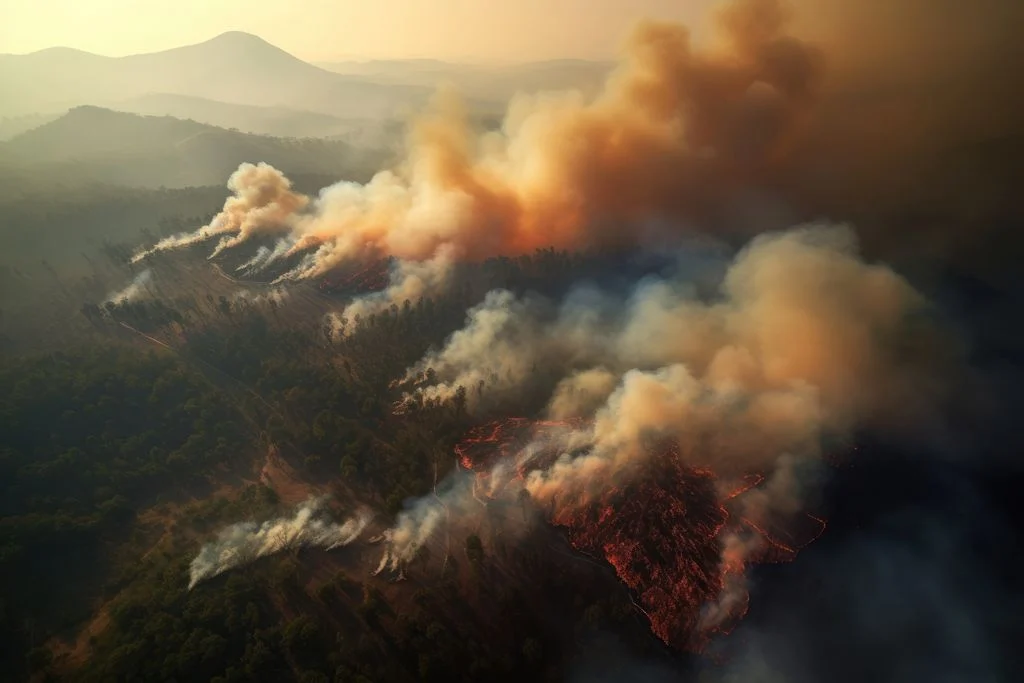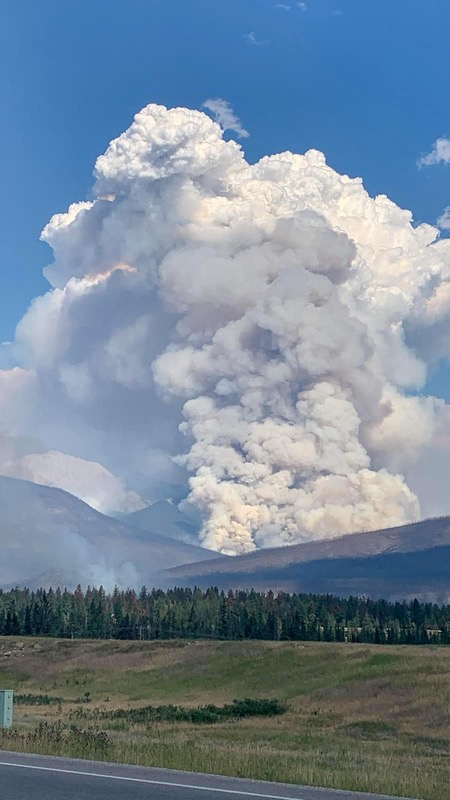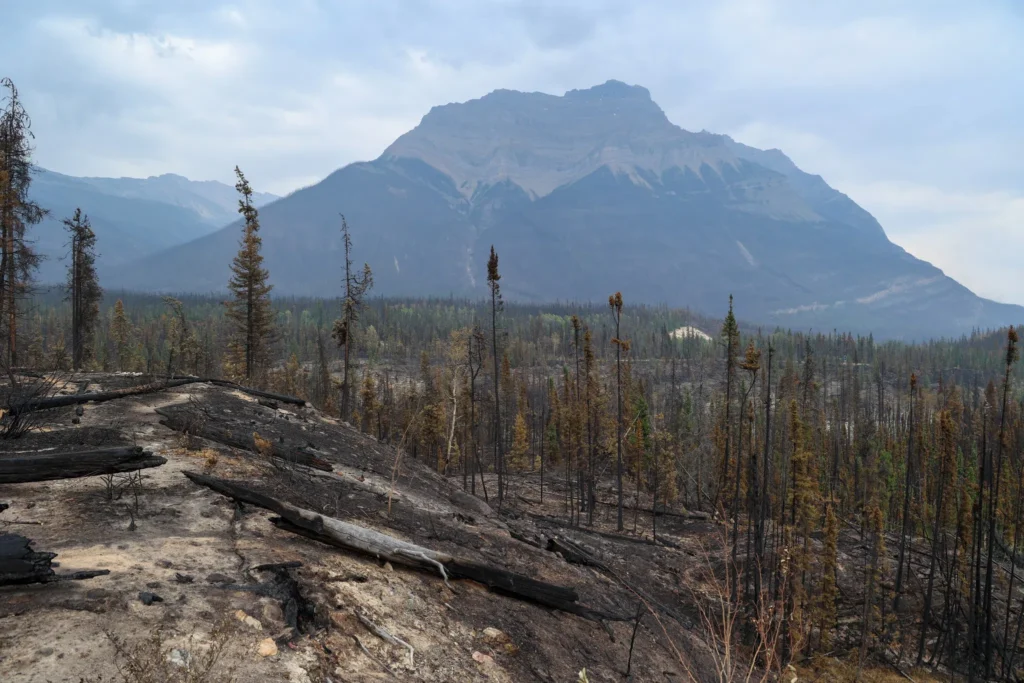So, the plans in my mind were simple: after a brief stop in British Columbia, we’d have eight days in Banff and Jasper National Parks, with ample time to explore the Icefields Parkway, hiking and touring throughout the area, taking in the scenic drives, and adding to my photography portfolio.
What our plans did not include was a terrible tragedy striking Jasper National Park and a large part of the Icefields Parkway. A couple weeks ago, a fire broke out in the western portion of Jasper National Park. As of today, the fire has consumed over 96,000 acres and is still out of control. The town of Jasper has been evacuated and one-third of its buildings have been destroyed. All campgrounds are closed. The northern segment of the Icefields Parkway northward from Athabasca Falls is also closed.


Unfortunately, dry conditions, high heat, and high winds are fueling the fire.

Tens of thousands of acres are now charred.
We were in Yellowstone in 1988 during the terrible fires there. We visited again in 2020, and the forests had not yet recovered. In talking to rangers, we were told that western pine and fir forests take as much as 100 years to reach full maturity, which means that not even our great-grandchildren will be able to see Yellowstone the way we saw it. Unfortunately, it looks like much the same will be true for Jasper National Park.
Obviously, we’re disappointed about not being able to see Jasper National Park, although we’ve rearranged our schedule and will spend some additional time in Glacier National Park instead. The nice thing about traveling with the equivalent of a small apartment in tow is that it’s fairly easy to go somewhere else when necessary. We’re not sure what all this means for our trip to Banff National Park. I guess we’ll find out in a day or two.
But saying we’re disappointed seems petty and selfish. The tragedy in Jasper for those who live there and depend on the park for their livelihoods is heartrending. Canadians can be a pretty hardy lot … hopefully they’ll figure out a way to keep going.
